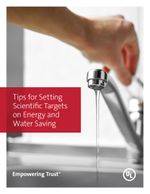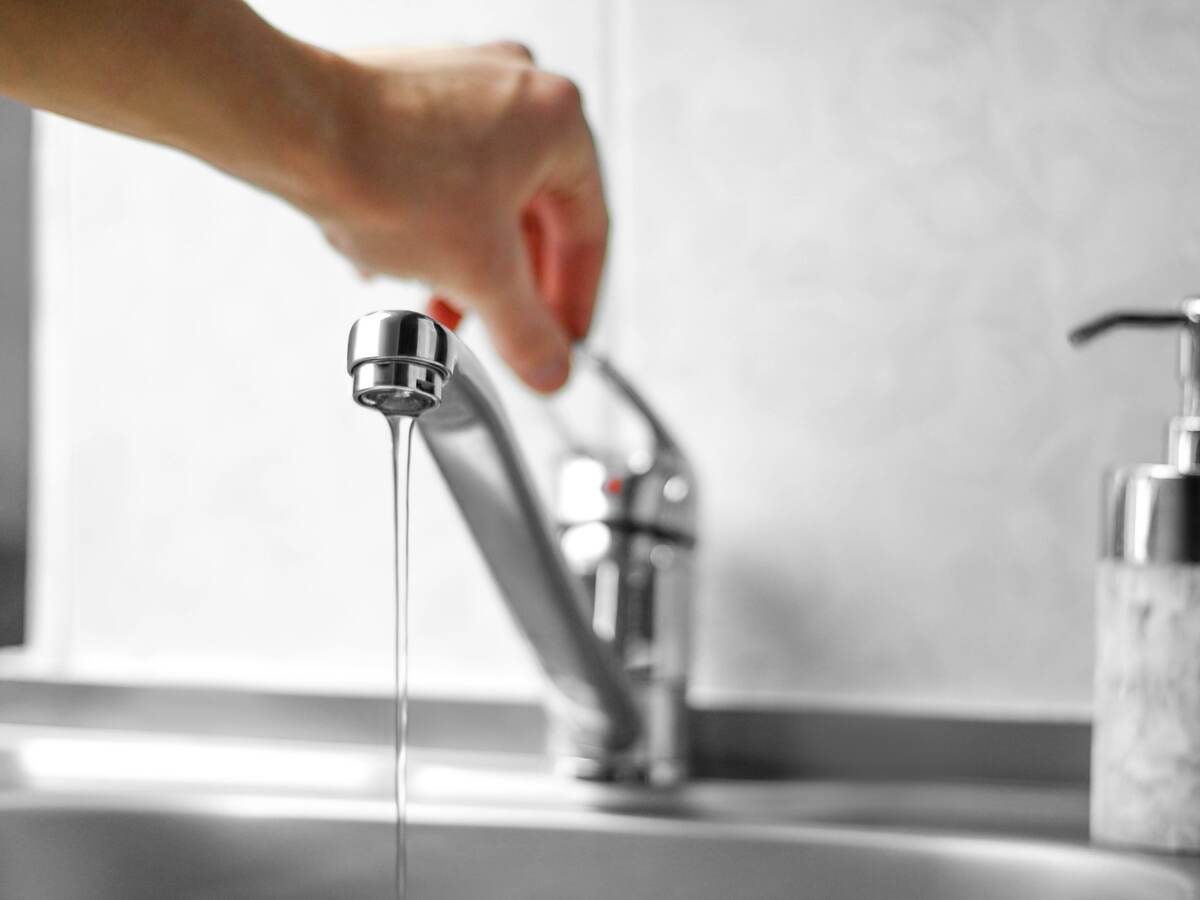
Tips for Setting Scientific Targets on Energy and Water Saving
Saving energy and water appeals to factories looking to set scientific targets for their reduction programs. Get insight into some proper baselines to help identify energy- and water-saving measures.

Energy and water-saving hold a place of great importance in manufacturing. Many countries have legal requirements to use energy- and water-efficient equipment to reduce resource consumption. Additionally, voluntary environmental compliance programs also regularly inspect the energy and water efficiency of equipment. For example, the Higg Index, amfori Business Environment Programme Initiative (BEPI) and Initiative Clause Sociale (ICS) environmental audit program all include energy- and water-efficient equipment requirements. In addition to these drivers, factories can also benefit from energy reduction programs to save costs.
Yet, despite these incentives, many factories struggle to set good, scientific targets for their reduction programs. Common questions include:
In this paper, UL’s experts provide guidance on setting proper baselines and targets and introduce energy- and water-saving measures.
The steps we will look at in more detail include:

Tips for Setting Scientific Targets on Energy and Water Saving